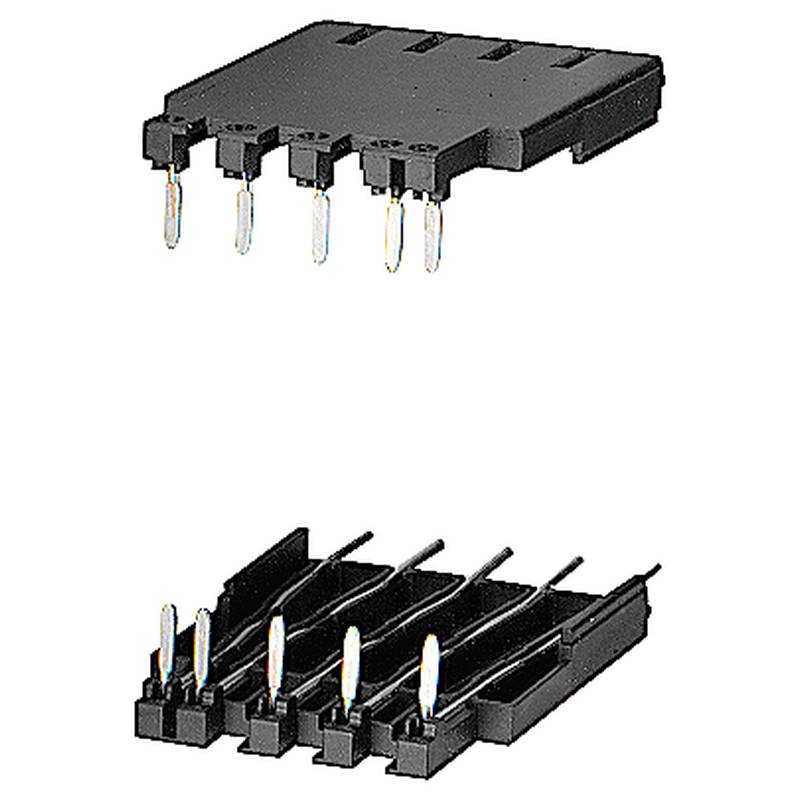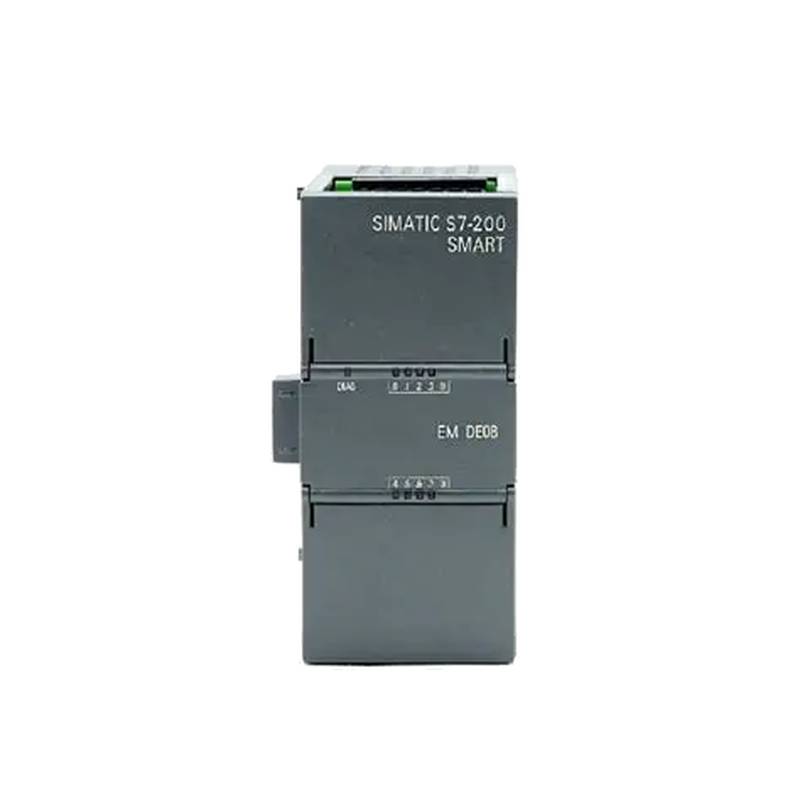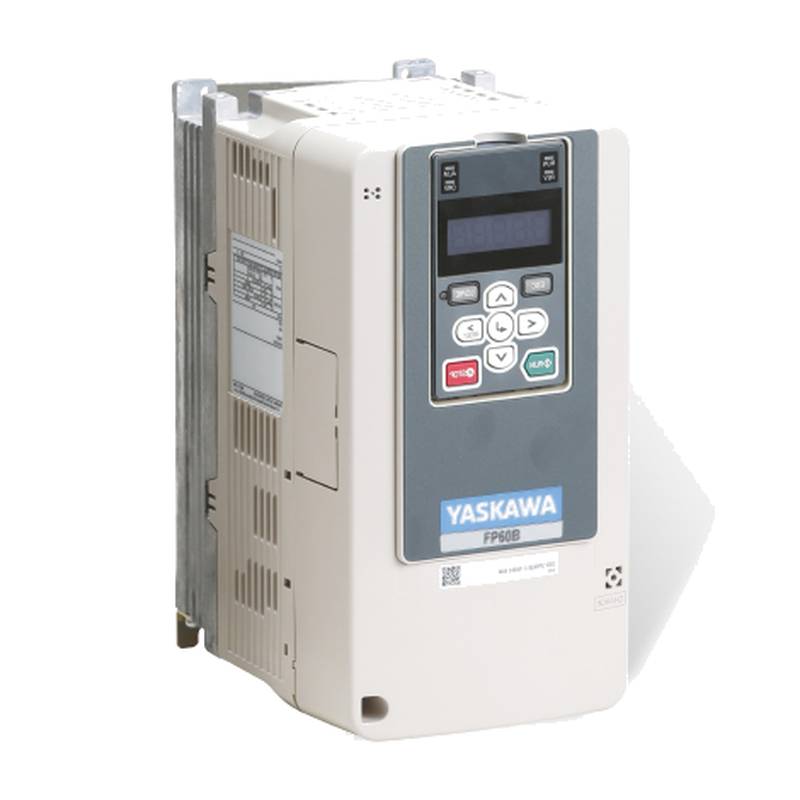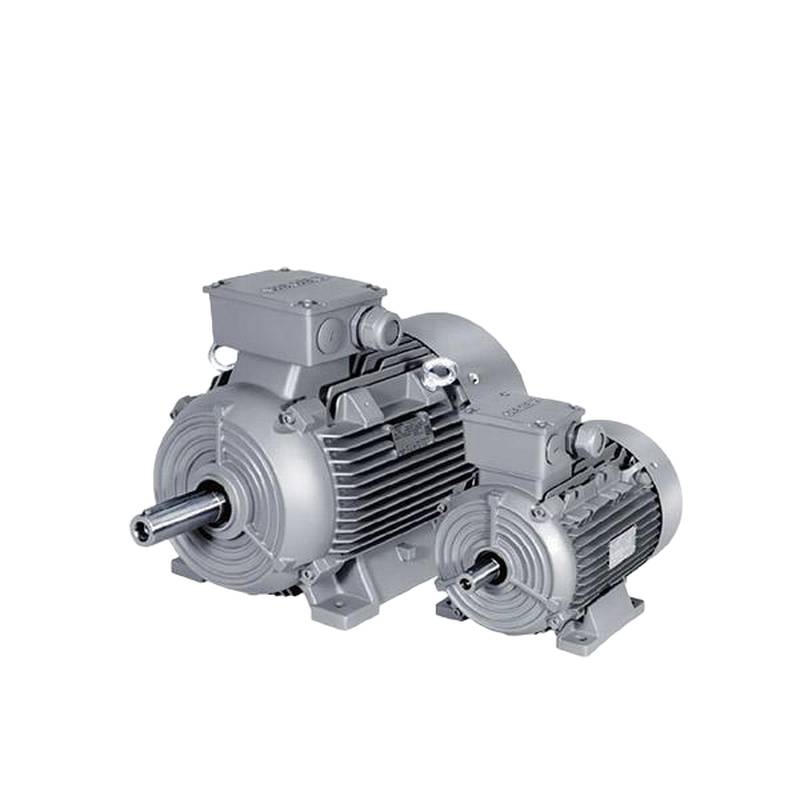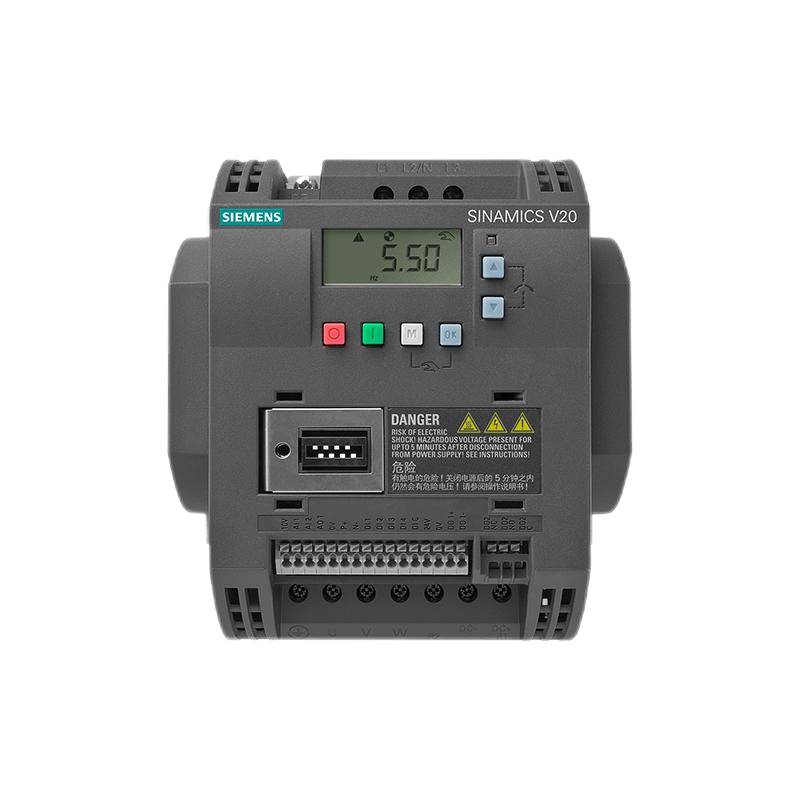
The Siemens 3RT1916-4KA1 Contactor Auxiliary Contact Block Accessory is an essential component for expanding the functionality of Siemens Sirius 3RT contactors. This accessory offers enhanced control and monitoring capabilities, crucial for complex industrial automation systems. Its primary advantage lies in its ability to add auxiliary contacts to existing 3RT contactor assemblies, thereby increasing the number of control and signaling circuits. Key technical parameters include its suitability for 3RT1 contactors, a specific mounting type, and its role as a front-mounting accessory. Understanding these specifications is vital for ensuring seamless integration and optimal performance in demanding industrial environments.
Product Specifications
| Feature | Specification |
| :--------------------- | :----------------------------------------------- |
| Accessory Type | Auxiliary Contact Block |
| Manufacturer | Siemens |
| Compatible Contactor | Siemens Sirius 3RT1 Series |
| Mounting Type | Front Mounting |
| Number of Auxiliary Contacts | Varies by specific model (typically 2 or 4) |
| Contact Type | Normally Open (NO) / Normally Closed (NC) |
| IP Rating | Typically IP20 (for the block itself) |
| Operating Temperature | -25°C to +60°C (typical for Sirius 3RT series) |
| Certifications | UL, CSA, CE, CCC (typical for Sirius 3RT series) |
Core Features & Market Positioning
The Siemens 3RT1916-4KA1 stands out due to its robust construction and reliable performance, hallmarks of the Siemens Sirius innovation platform. This auxiliary contact block is engineered for durability in harsh industrial settings, offering a significant competitive advantage for applications requiring high uptime and minimal maintenance. Its design ensures simple, tool-less attachment to compatible 3RT1 contactors, reducing installation time and complexity. The accessory's flexibility in offering various combinations of normally open (NO) and normally closed (NC) contacts allows engineers to tailor control circuits precisely to application needs, differentiating it from simpler, less adaptable solutions. This modularity is key to its market positioning as a high-value, expandable control component for sophisticated automation tasks.
Key Application Scenarios
This auxiliary contact block finds extensive use in motor control circuits where additional signaling or interlocking functions are required. It is indispensable in machine tools for implementing safety interlocks, ensuring that a machine cannot operate under unsafe conditions by monitoring the state of the main contactor. In material handling systems, the 3RT1916-4KA1 can be employed to provide feedback signals about the status of conveyors or lifting mechanisms, integrating seamlessly into SCADA or PLC systems. Furthermore, it is crucial in pump control applications for signaling operational status or fault conditions, enhancing system monitoring and diagnostics. Its ability to augment the control logic of standard 3RT1 contactors makes it a versatile solution across diverse industrial sectors, including manufacturing, automotive, and building automation.
Practical System Integration Guidance
Integrating the Siemens 3RT1916-4KA1 auxiliary contact block is a straightforward process designed for efficiency. The block typically attaches to the front of a compatible Siemens 3RT1 series contactor via a snap-on mechanism, often requiring no special tools. For wiring, the terminals are clearly labeled, corresponding to the standard NO and NC configurations. For instance, a common setup for interlocking might involve wiring an NC contact of one starter into the control circuit of another, preventing simultaneous activation. When connecting to a PLC, the NO contacts can serve as status feedback signals, reporting whether the main contactor has energized. Always consult the specific wiring diagrams provided with both the contactor and the auxiliary contact block to ensure correct interconnection and prevent wiring errors, especially when dealing with higher voltage control circuits or safety-related functions.
Operation and Risk Mitigation
The Siemens 3RT1916-4KA1 auxiliary contact block operates by providing electrical contacts that mirror the state of the main contactor's power poles. When the main contactor coil is energized and the power contacts close, the NO auxiliary contacts also close, and the NC contacts open. This direct correlation is critical for control and feedback systems. Risk mitigation primarily involves adhering to proper installation and wiring procedures to prevent short circuits or incorrect operation. Users should be aware of the contact ratings of the auxiliary block to ensure they are not exceeding the permissible load for control circuits. Common troubleshooting involves checking for loose connections or ensuring the block is correctly seated on the contactor. While specific fault codes are not inherent to the auxiliary block itself, system failures linked to its operation often manifest as control circuit faults within the PLC or control system, requiring a systematic check of the entire control loop.
Scalability & Long-Term Value
The long-term value of the Siemens 3RT1916-4KA1 lies in its inherent scalability and compatibility within the broader Siemens industrial automation ecosystem. As control requirements evolve, additional auxiliary contact blocks can be easily added to existing 3RT contactors, allowing for system expansion without necessitating the replacement of the primary contactor. This modular approach ensures a cost-effective upgrade path. Furthermore, Siemens' commitment to Industry 4.0 principles means that contactors and their accessories are designed to integrate seamlessly with modern digital solutions. This includes compatibility with smart gateways and IIoT platforms that enable remote monitoring, predictive maintenance, and data analytics. By leveraging these capabilities, businesses can enhance operational efficiency and prolong the lifespan of their control infrastructure.
Frequently Asked Questions
Q1: How do I mount the Siemens 3RT1916-4KA1?
The Siemens 3RT1916-4KA1 auxiliary contact block is designed for straightforward front mounting. It typically snaps directly onto the front of compatible Siemens 3RT1 series contactors. Ensure the contactor is de-energized and isolated before attempting installation. Align the block's mounting mechanism with the corresponding slots on the contactor and apply firm, even pressure until it securely latches into place.
Q2: What is the difference between NO and NC contacts on this block?
Normally Open (NO) contacts are open circuits when the contactor is de-energized and close when the contactor is energized. Normally Closed (NC) contacts are closed circuits when the contactor is de-energized and open when the contactor is energized. This distinction is vital for implementing interlocking and feedback logic in control circuits.
Q3: Can I use this auxiliary contact block with other brands of contactors?
The Siemens 3RT1916-4KA1 is specifically designed and tested for use with Siemens Sirius 3RT1 series contactors. While physical compatibility might seem possible with other brands, electrical and mechanical integration is not guaranteed. Using it with non-Siemens contactors can lead to improper function, reduced lifespan, and potential safety hazards.
Q4: What are the typical applications for this auxiliary contact block?
This accessory is commonly used in motor control circuits for signaling, interlocking, and status feedback. Applications include machine tool controls, pump management systems, conveyor belt operations, and HVAC systems. Its purpose is to expand the control and monitoring capabilities beyond the primary power switching function of the contactor.
Q5: How many auxiliary contacts can be added to a 3RT1 contactor?
The number of auxiliary contacts that can be added depends on the specific contactor model and the type of auxiliary contact block used. The 3RT1916-4KA1 itself provides a set number of contacts, and some contactor frames allow for multiple auxiliary blocks to be mounted, either front or side mounted, depending on the series.
Q6: What is the voltage and current rating for the auxiliary contacts?
The voltage and current ratings for the auxiliary contacts are crucial for proper application. While specific values vary by the exact 3RT1916-4KA1 variant and the contactor series, they are generally designed for control circuit voltages and currents. Always refer to the product datasheet for precise AC/DC voltage and current ratings, as well as breaking capacity.
Q7: Does this block require separate power to operate?
No, the Siemens 3RT1916-4KA1 auxiliary contact block does not require separate power. Its contacts operate mechanically in conjunction with the main contactor coil. When the contactor coil is energized and de-energized, it physically actuates the auxiliary contacts within the block.
Q8: How does this accessory contribute to system safety?
By providing additional reliable signaling points, this block enhances system safety through interlocking functions. For example, an NC auxiliary contact can be wired to prevent a second motor from starting if the first one is already running or if a safety condition isn't met, thereby preventing hazardous operational sequences.
Q9: Is troubleshooting complex for this component?
Troubleshooting is generally straightforward as the component itself is mechanical. Issues typically arise from loose wiring, incorrect wiring, or improper mounting. If a control circuit fails due to the auxiliary contact, checks usually involve verifying continuity of the relevant NO or NC contacts using a multimeter when the contactor is cycled.
Q10: What is the lifespan of the Siemens 3RT1916-4KA1?
The lifespan is typically measured in millions of electrical and mechanical switching cycles. This longevity is attributed to Siemens' high-quality materials and robust design, ensuring reliable operation over many years of service in industrial environments. Actual lifespan depends heavily on the frequency of switching and the electrical load applied to the auxiliary contacts.














